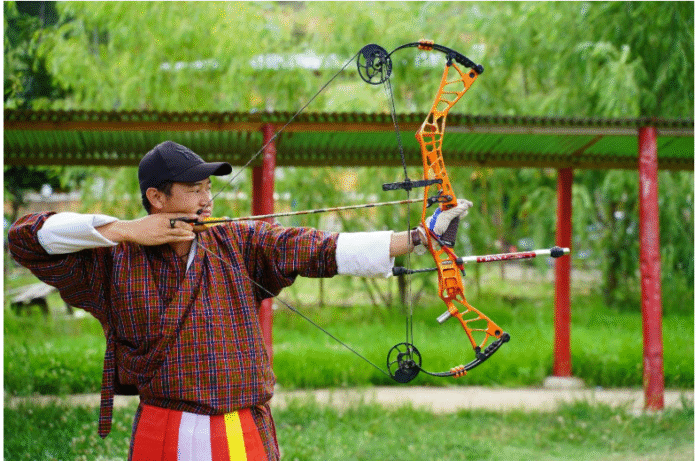Archery is a sport that blends precision, skill, and a deep understanding of equipment. For enthusiasts seeking to optimize their gear, Archery DIY Modifications have become a popular avenue. These modifications allow archers to customize their bows and accessories, improving performance, comfort, and personal satisfaction. This article explores what archery DIY modifications are, how they work, and why they are increasingly embraced by the archery community.
Understanding Archery DIY Modifications
Archery DIY modifications refer to the hands-on process by which archers alter or enhance their equipment using do-it-yourself techniques. Unlike factory-standard setups, these modifications are usually undertaken by the archer themselves or by a skilled technician, often using readily available tools and parts. The goal is to tailor the bow, arrows, or accessories to better meet individual preferences or specific shooting requirements.
These modifications can range from simple adjustments, such as changing the bowstring or tuning the arrow rest, to more complex alterations like modifying the limb alignment or adding custom stabilizers. The essence of DIY modifications lies in the archer’s ability to understand their equipment intimately and make precise changes that can significantly impact their shooting accuracy and overall experience.
How Archery DIY Modifications Work
At the core of any archery DIY modification is the principle of optimization. Archers begin by assessing their current setup and identifying areas where performance can be improved or comfort enhanced. This often involves evaluating factors such as draw weight, arrow flight, grip ergonomics, and sight alignment.
The modification process typically starts with disassembling certain parts of the bow or related equipment, followed by making calculated adjustments or replacements. For example, changing the bowstring material or length can affect the bow’s draw smoothness and speed. Similarly, adjusting the arrow rest height or tuning the nocking point can improve arrow flight consistency and accuracy.
Many archers also experiment with adding aftermarket components or fabricating custom parts. These could include stabilizers designed to reduce vibration, custom grips shaped for better hand positioning, or limb dampeners to minimize noise and recoil. In some cases, modifications involve fine-tuning the bow’s cams or pulleys to achieve a more efficient energy transfer during the shot.
A critical aspect of successful Archery DIY Modifications is testing and iteration. Archers often perform multiple rounds of shooting practice after each modification, noting changes in performance and making further refinements as necessary. This iterative process ensures that the modifications align with the archer’s unique shooting style and goals.
Benefits of Archery DIY Modifications
One of the primary advantages of undertaking archery DIY modifications is the enhanced customization it offers. Factory bows come with standard specifications that may not perfectly suit every archer’s physique or technique. By modifying their equipment, archers can achieve a more personalized fit that translates into better control, comfort, and shooting consistency.
Furthermore, DIY modifications empower archers with a deeper understanding of their gear. This knowledge not only aids in troubleshooting issues but also fosters a stronger connection to the sport. The ability to fine-tune and maintain equipment independently can also reduce reliance on professional services, leading to cost savings over time.
Archery DIY modifications can also improve performance metrics. For example, tuning the bow for optimal arrow flight can increase accuracy and distance, while adding vibration dampeners can reduce fatigue during extended shooting sessions. These improvements are particularly valuable for competitive archers who seek every possible edge.
Considerations and Precautions
While archery DIY modifications offer many benefits, they require a cautious approach. Improper modifications can negatively affect the bow’s structural integrity or compromise safety. It is essential for archers to research thoroughly and follow reliable guidelines or consult experienced practitioners when attempting complex modifications.
Additionally, some modifications might void manufacturer warranties or not comply with specific competition rules. Archers should verify the implications of any changes, especially if they participate in regulated tournaments.
Conclusion
Archery DIY Modifications represent a dynamic way for archers to tailor their equipment to their precise needs. By engaging in thoughtful adjustments and enhancements, archers can elevate both their performance and enjoyment of the sport. Success in DIY modifications hinges on knowledge, patience, and careful testing, making it a rewarding aspect of modern archery practice.

